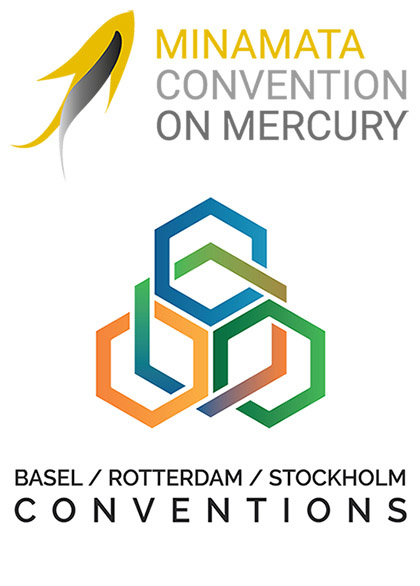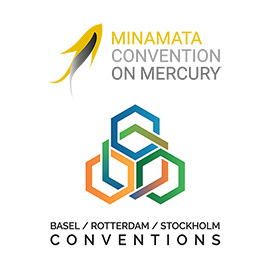More specifically, whether or not the 2030 biodiversity pollution target is drafted to reflect priority pollutants/chemicals such as mercury and other heavy metals, POPs, pesticides, wastes (including plastics) this study provides baseline information about key interlinkages that can serve the four conventions’ governing bodies to consider the detailed contributions they could make to the refinement and implementation of the CBD’s 2030 pollution target and indicators going forward. Examples could include specific targets related to mercury air emission reductions, reduction of concentrations of POPs in environmental media, enhanced focus of the Rotterdam Convention on neonicotinoids and glyphosate pesticides, the enhancement of legislative implementation of the Basel Convention’s plastic waste amendments, or decisions on international cooperation and coordination that build these inter-convention connections (e.g. forwarding this study to the CBD Conference of the Parties, or working on common areas of concern such as ASGM).





